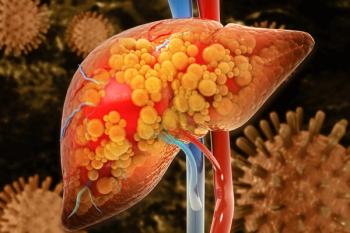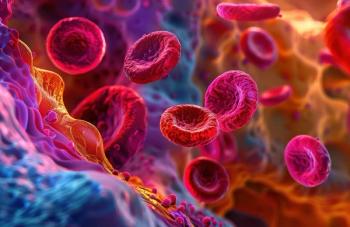
Survival Rates Show Racial Disparities Among Patients With Second Primary Cancers
Even after adjustments, the underlying trends in disparities persisted, underscoring the significance of survival disparities among second primary cancer survivors.
Data published in
In a recent cohort study involving individuals diagnosed with second primary cancers (SPCs), investigators shed light on concerning racial and ethnic disparities in survival rates within the United States. The study sought to fill a significant gap in knowledge regarding such disparities, by utilizing extensive data from 18 Surveillance, Epidemiology, and End Results (SEER) registries covering January 2000 to December 2013, with follow-up extending until December 2018.
Hyuna Sung, PhD, Surveillance & Health Equity Science, American Cancer Society, and the team of investigators conducted the population-based retrospective cohort study, which evaluated the survival outcomes of more than 230,000 individuals aged 20 years or older who had been diagnosed with common SPCs.
The study's objective was to assess the disparities in survival between various racial and ethnic groups. The data, analyzed between January and April 2023, exposed critical discrepancies in survival rates among different populations.
Disparities in Survival Rates
Results showed 58.4% of the study population was male, 4.5% were Asian or Pacific Islander, 9.6% were Black, 6.4% were Hispanic, and 79.5% were White. Investigators reported that a total of 109,757 cancer-related deaths (47.6%) and 18,283 CVD-related deaths (7.9%) occurred during the median follow-up of 54 months (IQR, 12-93 months).
Among the cohort of SPC survivors, the data demonstrated that disparities in survival outcomes were starkly evident across racial and ethnic lines.
Compared with the White population, the Black (HR, 1.21; 95% CI, 1.18-1.23) and Hispanic populations (HR, 1.10; 95% CI, 1.07-1.13) faced a significantly higher risk of cancer-related deaths. Additionally, the Black population exhibited a higher risk of cardiovascular-related deaths (HR, 1.41; 95% CI, 1.34-1.49), while the Asian or Pacific Islander (HR, 0.75; 95% CI, 0.69-0.81) and Hispanic populations displayed a lower risk (HR, 0.90; 95% CI, 0.84-0.96).
When stratified by specific SPC types, the findings remained consistent. Investigators noted the Black population showed higher risks of cancer-related death for 10 of 13 SPC types, with uterine cancer standing out as a particularly prominent example (HR, 1.87; 95% CI, 1.63-2.15). The Hispanic population exhibited a higher risk of cancer-related death for 7 specific SPCs, including melanoma (HR, 1.46; 95% CI, 1.21-1.76).
The Role of Modifiable Factors
The team further investigated the impact of potentially modifiable factors on survival disparities. Adjustments for county attributes, SPC characteristics, and treatment reduced the HR for both cancer-related and cardiovascular-related deaths. However, the underlying trends in disparities persisted, underscoring the significance of these findings in addressing and rectifying the survival disparities among SPC survivors.
“In this diverse, contemporary, population-based cohort study of 230,370 persons with SPCs, the Black and Hispanic populations compared with the White population had a higher risk of cancer-related death, with the greatest disparities commonly observed for persons with SPCs of the breast and corpus uteri and melanoma,” investigators wrote. “The Black population also experienced the greatest risk of death from CVD of all populations overall and across most SPCs.”
References
1. Sung H, Nisotel L, Sedeta E, Islami F, Jemal A. Racial and ethnic disparities in survival among people with second primary cancer in the US. JAMA Netw Open. 2023;6(8):e2327429. doi:10.1001/jamanetworkopen.2023.27429
Newsletter
Stay ahead of policy, cost, and value—subscribe to AJMC for expert insights at the intersection of clinical care and health economics.












































